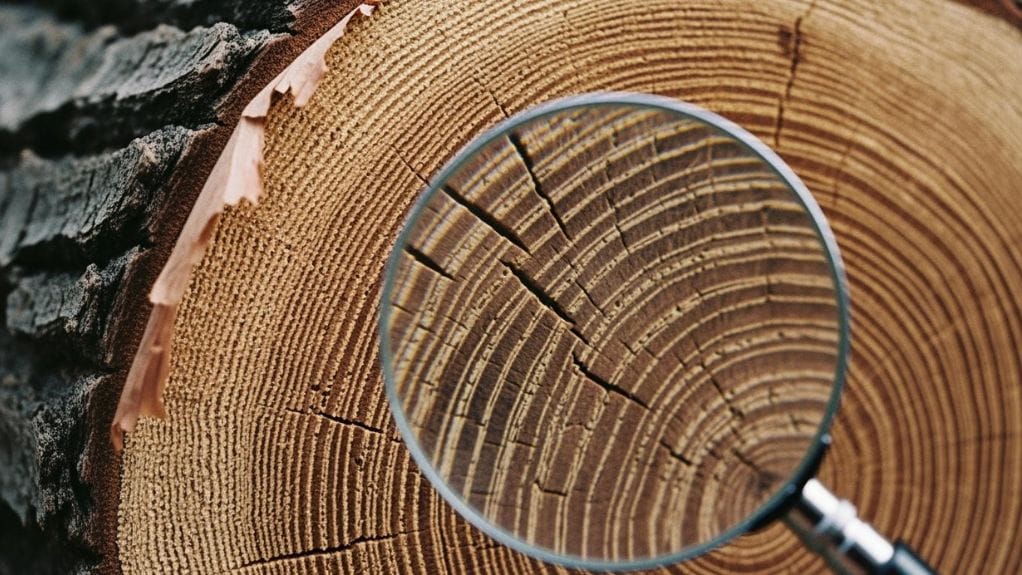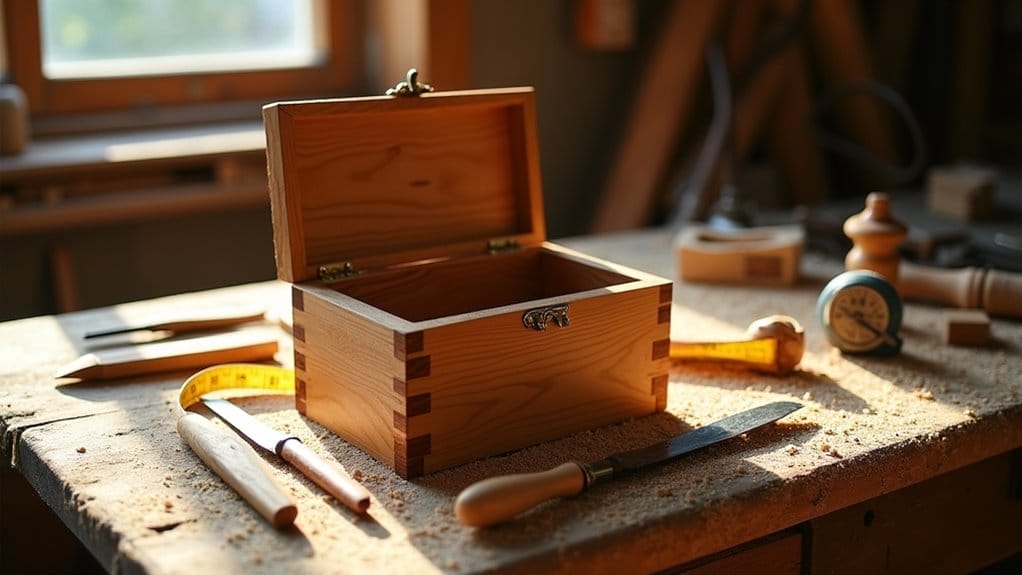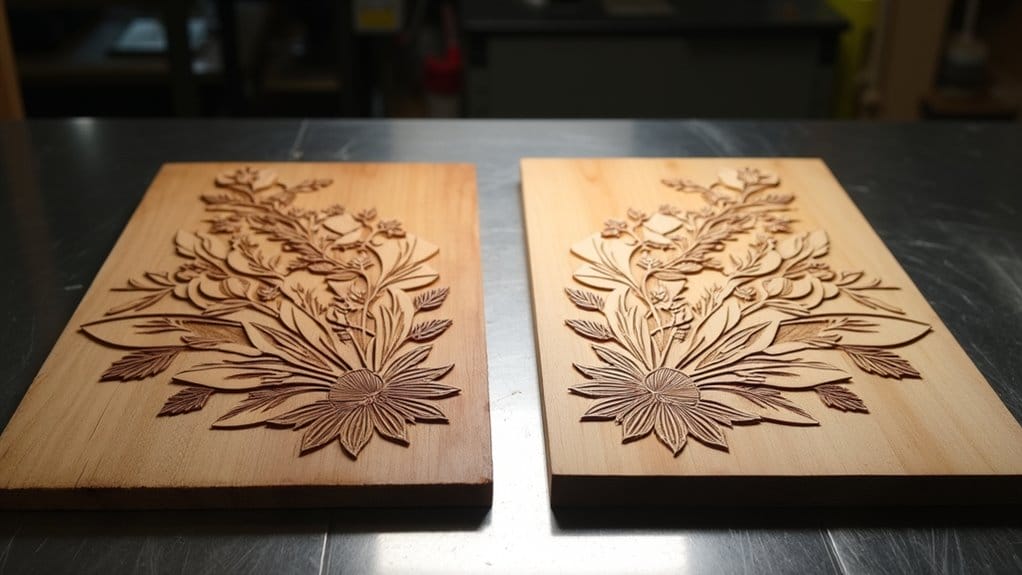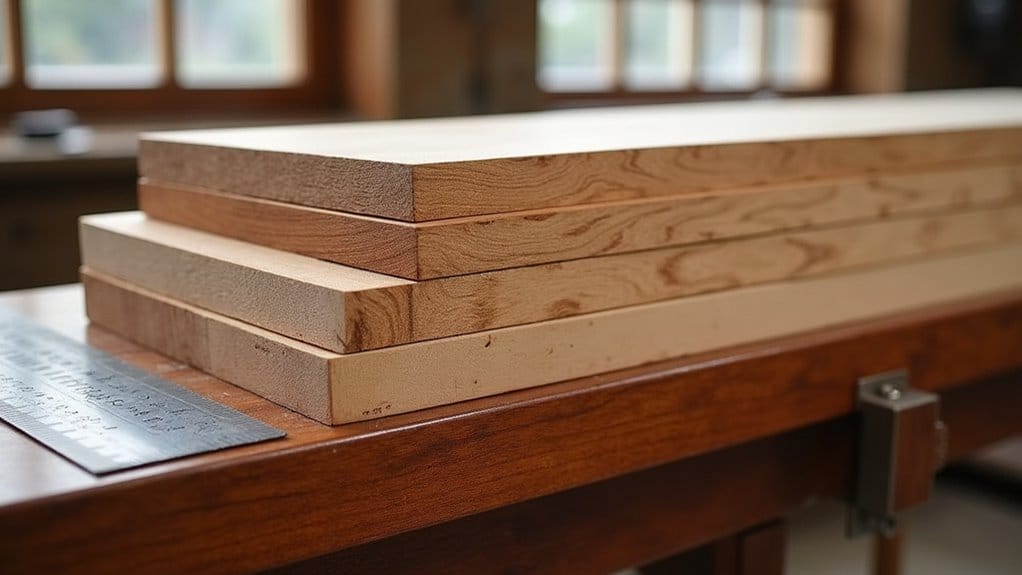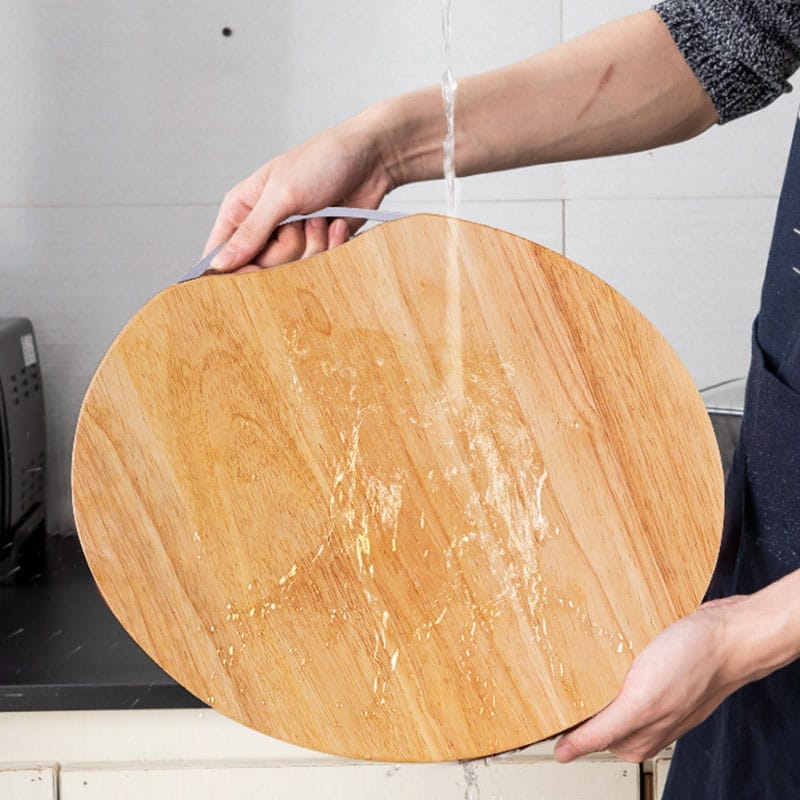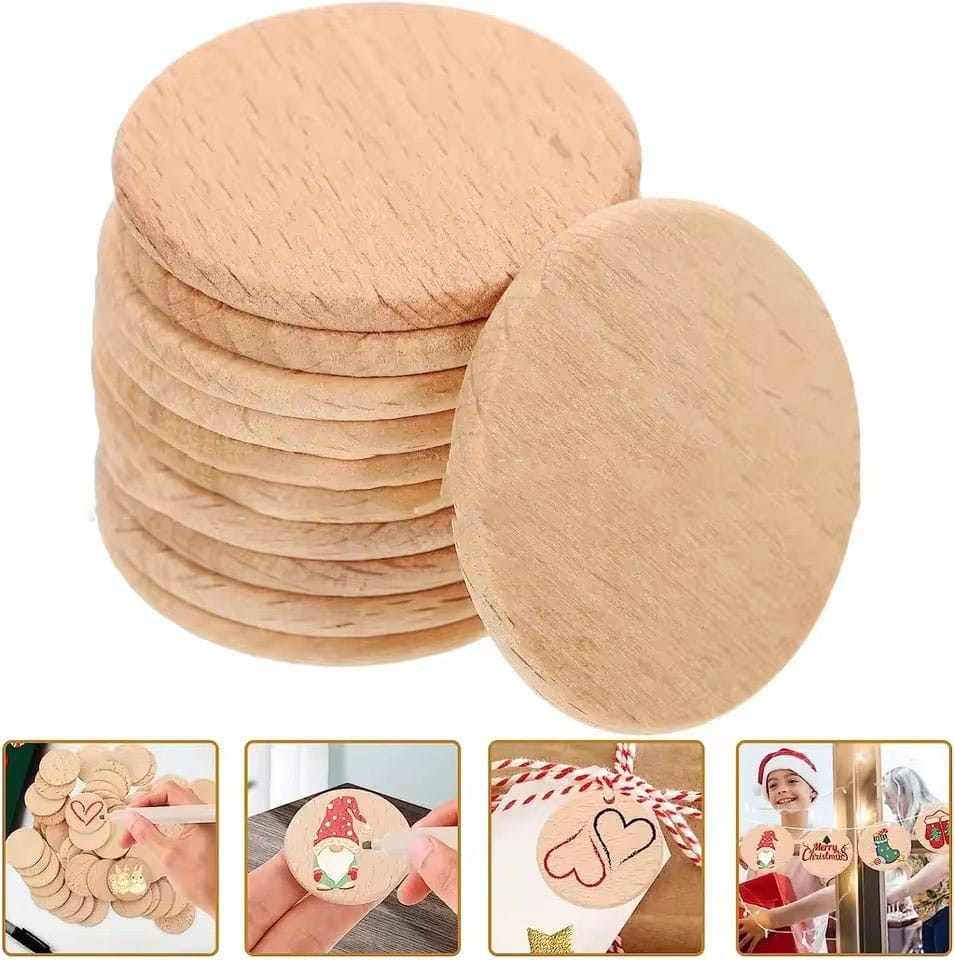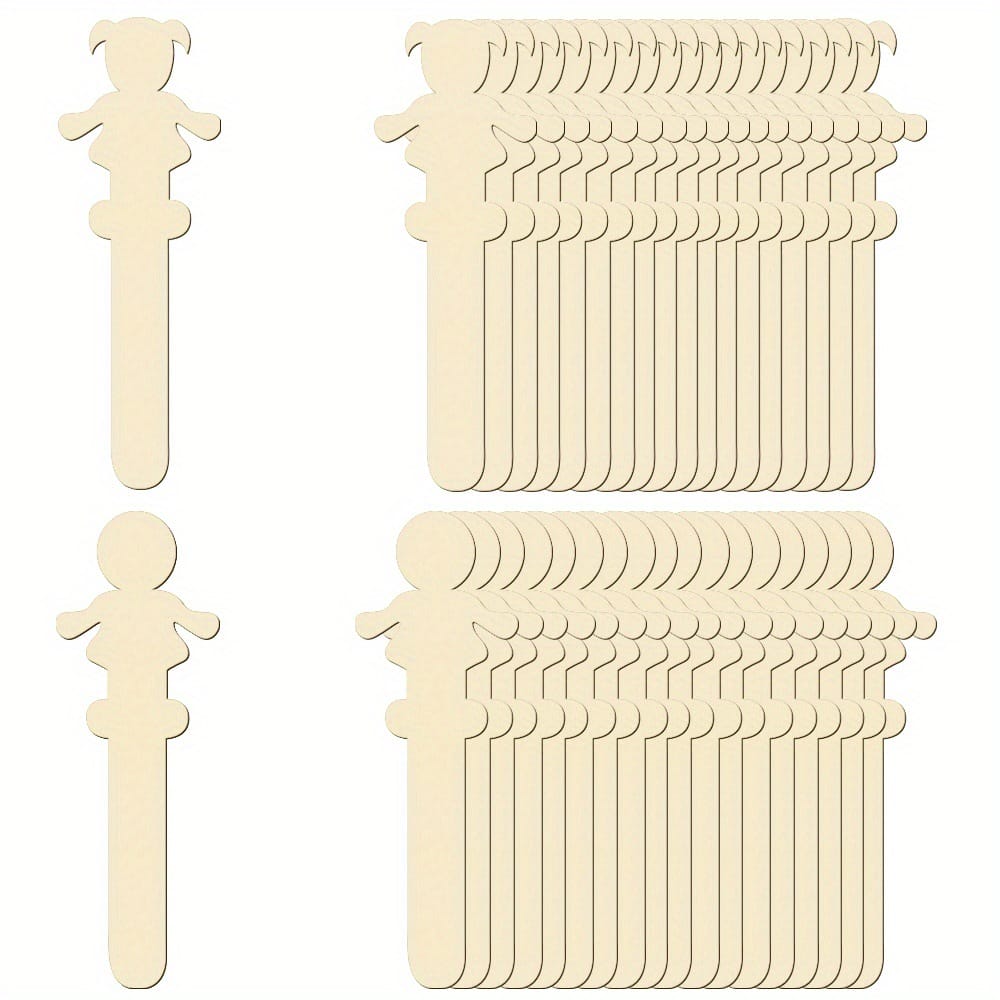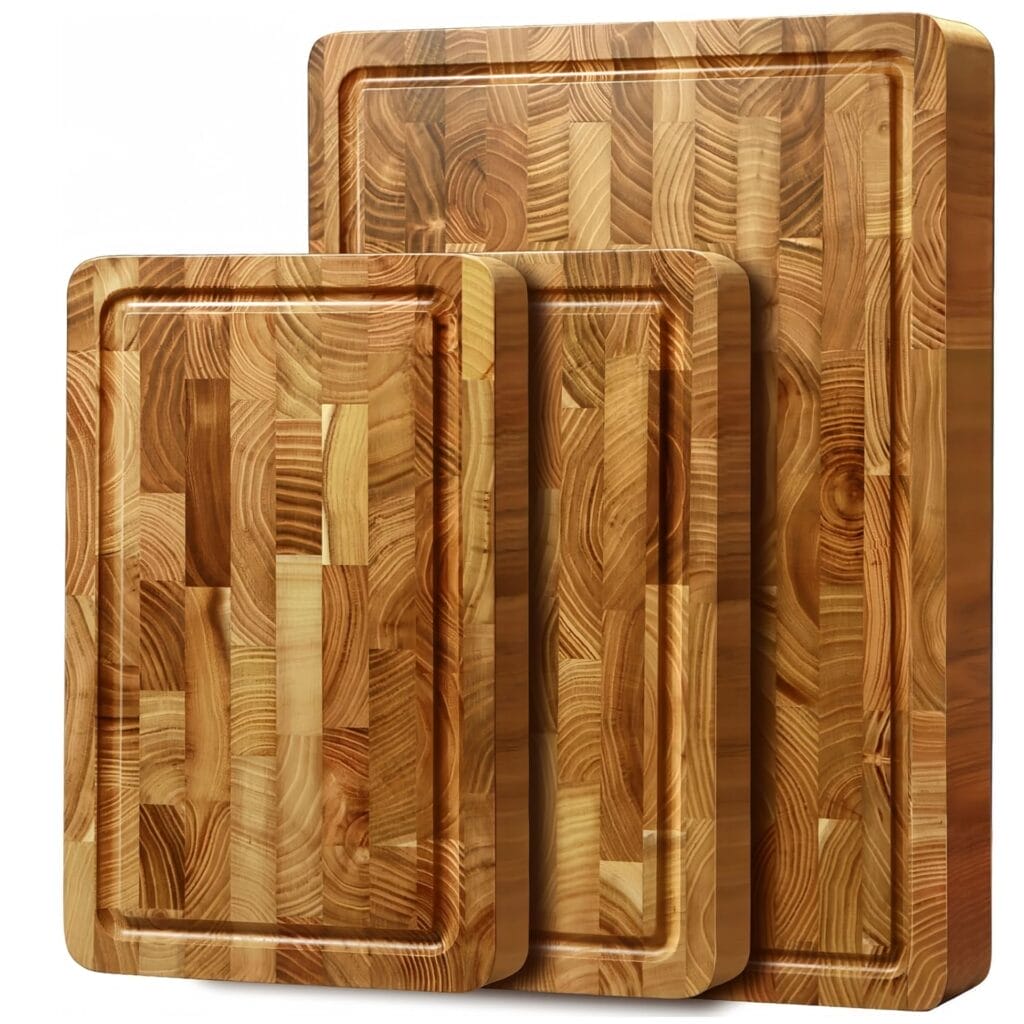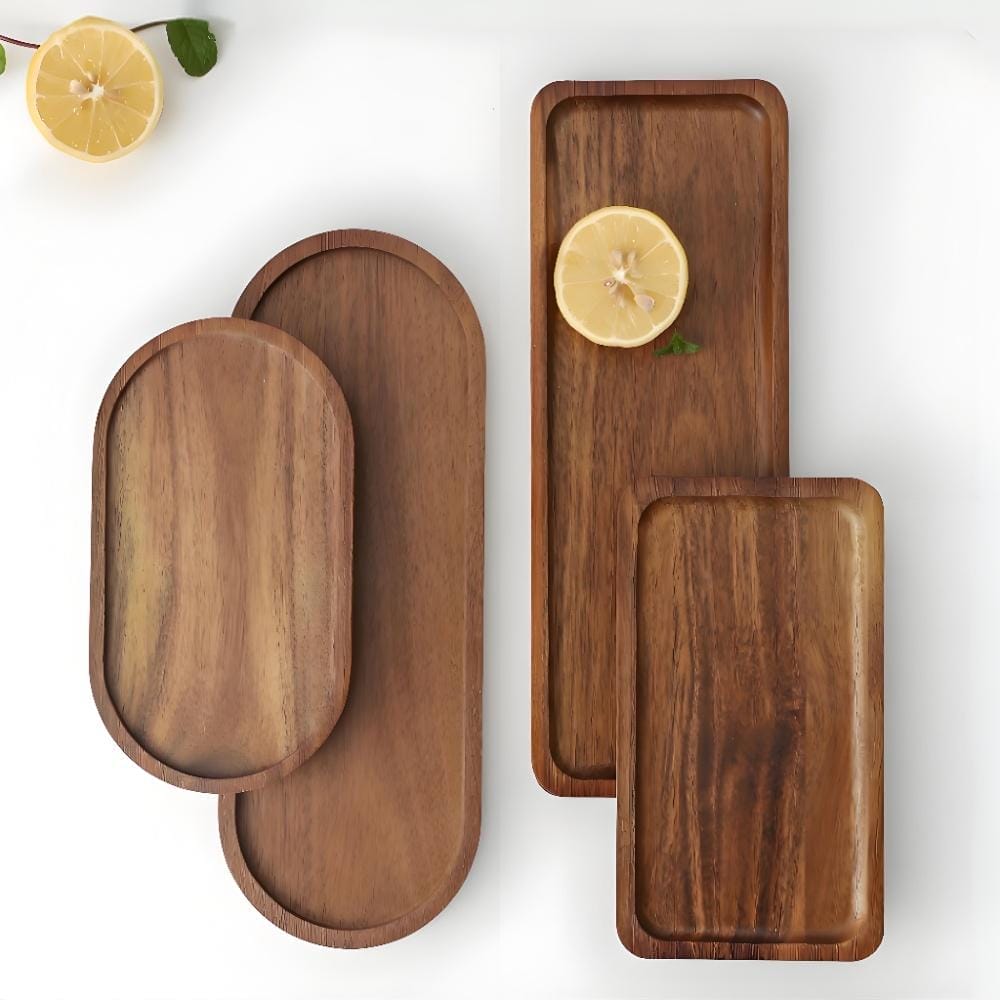Have you ever looked at a piece of wood or cut with a saw and wondered about its beautiful wood grain? What are the circles in wood called? The intricate circular patterns in wood are not just decorative. They tell a hidden story about a tree’s life.
This blog explains the causes and characteristics of these phenomena. These rings and other grain patterns offer scientific insights. Understanding the unique grain of each piece of wood greatly enhances its appreciation and value. Each type of grain holds unique secrets.
Key Takeaways
- Wood circles are natural patterns. They show a tree’s yearly growth and life story.
- These patterns help scientists. They learn about past climates and pollution events.
- Wood circles are important for art and furniture. They add beauty and value to many items.
- Craftsmen use wood patterns. They choose wood based on its strength and how it looks.
- Each wood circle tells a story. It helps us understand the tree and its environment.
Introduction to Wood Circles

What Are the Circles in Wood Called?
Many people ask what the circles in wood are called. These circular patterns are not just one special type. They represent various natural formations within the wood. One common type is the annual growth rings, which show a tree’s yearly development.
Beyond these fundamental rings, other distinctive patterns exist.
- For example, “bird’s eye” features tiny, bird-like eyes on the wood’s surface.
- Another pattern is “burl,” which shows a highly unique wavy and twisted grain. Burls result from deformed growths on the tree.
- “Quilted” grain describes a wavy, rippling, bubble-like pattern. This pattern creates a three-dimensional effect, resembling a quilted cloth.
- “Pommele” is another type, appearing as a dense pattern of small rings enveloping one another. These varied patterns make each piece of wood unique.
Why Do These Circles Matter?
These circular patterns and the overall grain of the wood matter for several reasons. They offer clues about a tree’s life and environment. They also hold significant economic and artistic value. The aesthetic appeal of timber, particularly its unique grain patterns and colors, significantly influences its market value. These visual characteristics make certain wood species more desirable and expensive. This is particularly true for high-end furniture, decoration, and luxury interior elements.
The visual appeal makes timber a favored choice in architectural design. This directly increases its market value. Fine, straight grains are often preferred for uniformity in furniture-making. However, distinctive patterns, like those found in burls or quilted wood, are highly sought after for artistic applications.
The texture of the wood also affects its workability and the quality of its finish. This influences its use across various industries. Understanding the names of the circles in wood helps woodworkers and designers choose the best wood for their projects.
Scientific Explanation of Wood Circles

The Formation of Growth Rings
The formation of growth rings is a fascinating process. It shows how a tree responds to its environment. A layer of cells called the cambium drives this annual cycle. The cambium is dormant in winter and becomes active in spring when temperatures rise and days get longer.
As wood grows, the cambium produces new layers that extend outward; these layers form the visible rings when the log is sawn. The phloem lies just outside the cambium and transports sugars, while the surrounding wood (including sapwood and heartwood) records the growth history.
This activity involves the division of mother cells. These cells produce new xylem cells, which then enlarge and thicken their walls. This marks the start of wood formation and the development of its unique grain.
This process, called xylogenesis, involves several steps:
- A cambial mother cell divides to create a new cell.
- This newly formed cell enlarges.
- The cell deposits its secondary wall.
- The cell wall undergoes lignification.
- The cell eventually undergoes programmed cell death.
This seasonal cycle creates the distinct annual rings. Each ring tells a story about the tree’s life.
Difference Between Earlywood and Latewood
Each growth ring consists of two parts: earlywood and latewood. Earlywood forms in the spring, and therefore, it is also referred to as springwood. It has larger cell cavities and thinner walls. This makes it less dense and lighter in color. Earlywood also shows more lignin cross-linking to hemicelluloses.
Latewood, also known as summerwood, forms later in the growing season, typically during summer. It features smaller cell cavities and thicker walls. This makes latewood denser and darker. Latewood lignin also contains unique coniferaldehydes, which earlywood lignin lacks. These differences in cell structure give wood its distinct grain pattern.
Factors That Affect Growth Rings
Many factors influence the width and density of these rings. Cambial age is a significant factor. It explains much of the ring-to-ring variation. Rainfall positively affects ring width. More rain often means wider rings. Temperature during the growing season generally shows a negative correlation with ring density. In cold regions, summer temperature is the main factor. In warmer areas, moisture availability is more important.
Insect defoliators, such as the nun moth, also affect ring width and wood density. They can cause narrower rings. Climatic factors, human activity, and a tree age also play a role. These elements all contribute to the unique characteristics of each piece of wood. Understanding the names of the circles in wood helps us interpret these natural records. The overall grain reflects these influences.
Uses of Growth Rings in Science and Industry

Determining the Age of Trees
The most direct use of growth rings is determining a tree’s age. Each ring represents one year of growth. Counting these rings reveals how long a tree lived. This simple method helps foresters manage timber resources. It also helps researchers understand forest ecosystems.
Dendrochronology and Climate Studies
Scientists use a field called dendrochronology to study past climates. They collect core specimens by boring into the center of trees and analyze the width of the rings. Wider rings indicate warm or wet periods, while narrower rings suggest cold or dry conditions. Scientists also examine sub-annual variability: lighter coloring, known as earlywood, indicates early spring precipitation and growth, while darker coloring, referred to as latewood, represents late summer precipitation and slower growth. These differences in wood cells create the distinct grain patterns visible in wood.
Through cross-dating, scientists match patterns in rings from multiple trees to establish precise chronologies. This process allows them to pinpoint climate impacts for specific years. Dated tree ring records help identify large-scale spatial patterns in drought and wet periods, contributing to atlases like the North American Seasonal Drought Atlas (NASDA).
The International Tree-Ring Data Bank, maintained by NOAA’s Paleoclimatology Program, holds the world’s largest public archive of tree ring data. This scientific discipline helps us understand Earth’s climate history.
Quality Assessment for Wood Products
Analyzing these patterns also plays a vital role in assessing wood quality for industry. Engineers evaluate specific wood properties such as annual ring width, moisture content, and air-dry density. They also measure Modulus of Elasticity (MOE) and Modulus of Rupture (MOR), which are crucial for structural applications. For Picea spp. and Abies spp., a faster radial growth rate negatively relates to wood density. Density is a critical factor for mechanical properties.
Researchers develop regression models based on the annual ring number from the pith to evaluate radial variations of wood properties. The orientation of the growth rings significantly affects timber’s mechanical properties. For example, a growth ring orientation of 85° exhibits ductile failure behavior, whereas an orientation of 37° yields higher shear properties. Specimens with the pith in the center also show higher shear properties.
This detailed analysis helps grade raw materials for engineered wood products and offers a more comprehensive evaluation of material performance than traditional methods. The grain of the wood, influenced by these rings, directly impacts its strength and appearance. This overall wood grain is a key factor.
Cultural and Artistic Significance of Wood Circles

Symbolism in Art and Design
Wood circles, especially growth rings, hold deep symbolic meaning across many cultures. They represent life, growth, and the passage of time. Artists often use these natural patterns to convey a sense of history or connection to nature. The circular form itself symbolizes eternity and cycles. Designers incorporate these patterns into various art forms. They create sculptures, carvings, and decorative panels. The unique grain of each piece of wood makes every artwork one-of-a-kind. This natural beauty adds depth and character to artistic creations.
Decorative Uses in Furniture Making

Furniture makers highly value the aesthetic appeal of wood circles and patterns. They use these features to enhance the beauty of their pieces. The distinct grain patterns become focal points in furniture design. For example, artisans use wood circle applique to add decorative elements. They also use birch plywood rounds for signs and craft blanks. Laser-cut DIY craft blanks, often from birch plywood rounds, offer precise designs. Red oak circular plaques serve as art blanks and award plaques.
Beyond these, furniture often features carved wood medallions. Decorative corner blocks, bullseyes, and rosettes also showcase circular designs. These elements add elegance and detail to furniture. The natural patterns found in wood, like the swirling grain of a burl, create stunning visual effects. This makes each piece of furniture unique and highly desirable. The inherent beauty of the wood’s natural patterns elevates simple furniture into works of art.
Connection to Wooden Crafts

How Growth Rings Affect Craftsmanship
Growth rings significantly influence how artisans work with wood. The contrast between earlywood and latewood affects strength, weight, and ease of working. Earlywood, formed in spring, is softer and lighter. Latewood, formed in summer, is denser and darker. In softwoods like pine, the soft earlywood cuts easily but can compress, while the harder latewood provides strength but might chip.
Ring width and pattern also matter. Wide rings often indicate fast growth, while narrow rings suggest slower growth and generally greater strength. The amount of latewood content strongly indicates strength, especially for load-bearing projects. Grain orientation impacts stability and strength as well. Vertical grain lumber, where rings run up and down, is strongest and most stable. Flat grain lumber, with rings running side to side, shows beautiful patterns but warps more easily. Quarter-sawn lumber, with rings nearly vertical, offers ideal stability.
These characteristics dictate how wood behaves during planing, sanding, and finishing.
Leveraging Natural Wood Patterns for Artistic Value
Artisans often highlight natural wood grain patterns to enhance artistic value. They use techniques like skip-planing. This method selectively smooths certain areas of a wood surface while leaving others untouched. Skip-planing creates intentional irregularity with alternating high and low points. This results in a textured and visually dynamic finish.
By gently smoothing raised parts and preserving deep, low areas, skip-planing brings out the natural grain and character of the wood. It creates a play of light and shadow that enhances the wood’s inherent beauty. This technique allows the unique wood grain to become a central feature of the finished piece.
Choosing the Right Wood for Craft Projects
Selecting the correct wood is crucial for any craft project. Different wood types exhibit unique ring patterns that influence workability. Softwoods, such as pine, exhibit bold contrasts between earlywood and latewood. Ring-porous hardwoods, such as oak, feature easily visible rings due to large vessels, creating an open grain. This requires filling for a smooth finish. Diffuse-porous hardwoods, such as maple, cherry, and walnut, exhibit more even ring patterns. This makes them predictable and reliable for fine woodworking due to their smooth texture.
A woodworker considers the project’s requirements, including strength, appearance, and desired finish, when selecting the best wood. For example, a straight grain might be preferred for structural integrity, while a wavy grain adds decorative flair.
Using Growth Rings to Decode Environmental History

How Growth Rings Reveal Pollution Events
Trees act as natural archives. They record environmental changes within their wood. Scientists can analyze these records to gain insight into past pollution events. For example, researchers found elevated concentrations of iron and chlorine in the annual growth rings of tulip trees (Liriodendron tulipifera L.). These chemicals served as markers for past groundwater contamination.
A study near a Maryland landfill showed a strong link. The elevated chemical levels in trees located downgradient from the landfill correlated with activities that caused contamination. This method helps pinpoint when and where pollution occurred. The unique wood grain of each tree captures these chemical signatures.
Applications in Forensic Science
Dendrochronology, also known as forensic dendrochronology, has significant applications in forensic investigations. It helps accurately date contamination events. It also identifies contaminant sources and reconstructs how pollutants moved through the ground. This technique provides reliable evidence for legal cases. It helps identify responsible parties and secure funds for cleanup. At non-litigated sites, it facilitates the design of effective remediation strategies. This method analyzes tree growth rings for their width and chemical makeup. This process, called dendroecology or tree-ring fingerprinting, detects elemental markers of contaminants.
Dendrochronology also plays a crucial role in investigations of illegal logging. This is especially true for protected species, such as Fitzroya. It determines the exact year and season when trees died or were cut. This precise dating offers strong evidence for prosecution. It helps enforce bans on illegal logging and protects endangered species. These dating techniques are useful, quick, and precise tools for law enforcement. They provide objective and conclusive proof in legal proceedings. The distinct grain of the wood provides critical clues.
Conclusion
We have unmasked the secrets of what the circles in wood are called. These include annual rings, knots, end grain, and burl grain. These patterns form from a tree’s growth, revealing its life story and the properties of the wood. The unique wood grain offers scientific insights and great aesthetic value in design. Every piece of wood holds enduring beauty and complexity within its intricate grain.
FAQ
What causes the different grain patterns in wood?
Different grain patterns in wood result from how a tree grows and how a log is cut. Factors like the tree’s species, its growing conditions, and the method of cutting the lumber all influence the final grain pattern. Unusual patterns, such as burl or curly grain, originate from specific growth anomalies.
How do growth rings help determine a tree’s age?
Each annual growth ring represents one year of a tree’s life. Scientists count these rings from the pith to the bark to determine the tree’s age. The rings form from the cambium layer, which produces new wood cells each growing season.
What is the difference between heartwood and sapwood?
Heartwood is the older, darker, and denser wood near the center of the tree trunk. It no longer transports water. Sapwood is the younger, lighter wood closer to the bark. It actively transports water and nutrients throughout the living tree.
Why do some woods have an “open grain” while others have a “closed grain”?
Woods with large pores, like oak or ash, have an open grain. These pores are visible to the naked eye. Woods like maple or cherry have smaller pores, resulting in a closed grain. This difference affects how wood absorbs finishes and its overall appearance.
What is a knot in wood?
A knot is a section of a branch that became embedded in the tree trunk as the tree grew. It appears as a circular or oval imperfection in the grain pattern of a piece of wood. Knots can affect the strength and appearance of lumber.

